All of our reviews are based on exhaustive research, industry experience and whenever possible, hands-on testing. When you make a purchase using one of our chosen links we’ll get a small percentage of the proceeds. This supports the site and keeps Jeffsetter running. You can read more here.
Dry rotted RV tires are really one of the last things that you want to deal with right before a vacation. Best case scenario? You notice them before the trip and spend the time and money replacing them.
Worst case scenario? You end up blowing a tire going down the road, which is sure to bring any vacation plans to a screeching halt.
So, how do you keep RV tires from dry rotting?
Some things that you can do to protect RV tires from dry rot include storing your RV properly to protect them from moisture, extreme heat, and cold. Clean your RV tires regularly and use UV and weather protective coating. Remember to also follow manufacturer recommendations about proper inflation and load capacity.
Let’s take a closer look at what dry rot is, what it looks like, and how to keep RV tires from dry rotting below.
Dry rot happens when rubber in your RV tires breaks down over time. Some wear and tear on tires is normal, especially if they have a lot of miles on them.
When tires develop dry rot, however, the rubber loses its natural moisture and flexibility. This causes the tire to become drier, weaker, and more susceptible to cracks.
In most cases, this is caused by the natural deterioration process of rubber. Rubber breaks down from exposure to moisture, ozone contaminants, UV rays, and more. How you store and use your RV plays a big role in preventing this type of damage.
You’ll know your tires have dry rot by their physical appearance. Dry rot is usually first noticeable in the sidewalls of the tire because that’s where the rubber is the thinnest.
As dry rot worsens, you may notice cracks in the tread and it may also look like the tread is separating. In addition to small cracks, you might see bubbles in the tire.
The color of your tire can also indicate dry rot. While good tires are black in color, a dry rotting tire is going to look faded or gray.
An inability to hold proper air pressure is another sign of dry rot. The thin rubber will most likely leak and quite often at that, especially since it has to support the weight of an RV.
As you will read later on there are many ways you can make sure your trip is going to be a safe trip for you and the whole family, but the first thing you need to do is to always inspect your RV before an outing, and that includes checking out the tires.
This helpful video has some tips for making sure your RV tires are ready for the road.
Replacing all your RV tires can get expensive but fortunately, there are a lot of preventative measures that you can take to ensure a longer life for your RV tires. Let’s check out how to keep trailer tires from dry rotting.
Let’s check out how to keep trailer tires from dry rotting.
RV tires are meant to handle the great outdoors but that doesn’t mean that you shouldn’t clean them off after an outing. Leftover debris including salts from the road, motor oil, and other corrosive materials slowly eat away at the protective coating and sealant on your tires.
You should just wash your tires using appropriate soap and water. After rinsing, give them time to dry and apply a protective sealant if it’s needed before storage.
If you’re using your RV (as you should!), it’s going to be exposed to the elements. Driving across the hot pavement in the summer speeds up wear and tear, but that doesn’t mean you shouldn’t be out enjoying yourself.
Surprisingly enough, water can also cause dry rot. It sounds contradictory, I know, but all the excess moisture on the tires will seep in and make the rubber of the tires weaker.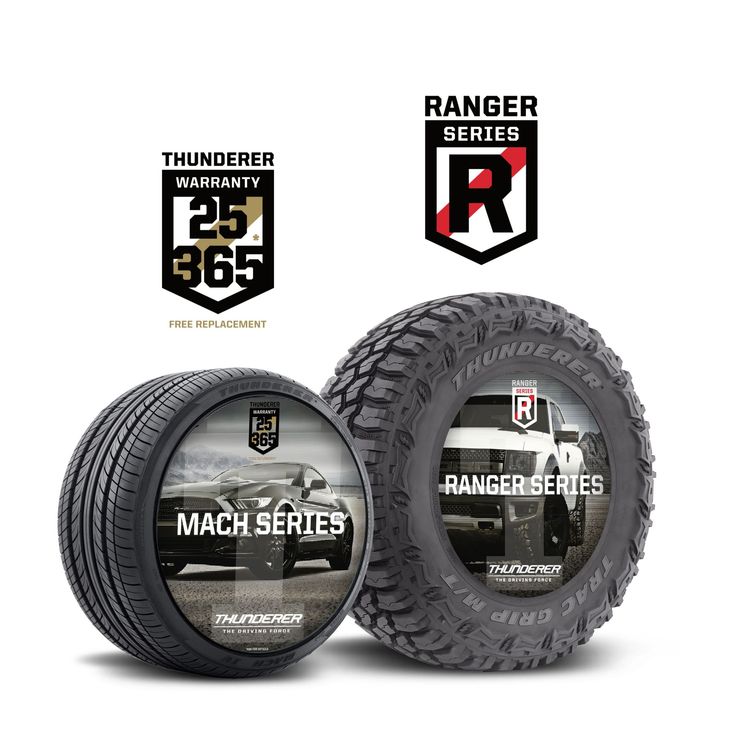
Even snow poses an issue, not only because of the moisture but also because it freezes and expands. This alone can cause more cracks to appear, or worsen the cracks that are already then, and as a result, this will further weaken the tire.
The best line of defense against the weather and damaging UV rays is a protective coating. They make these especially for tires, so you know that they’re safe to use. Be sure to get something without silicone because that stuff can break down any existing protective coating that’s left on the tire.
There’s no denying that adding some tire shine to your RV tires keeps them looking sharp. Unfortunately, tire shine products often contain petrochemicals and ingredients like silicone, both of which can break down the antioxidants and protective coating that manufacturers put on the tire.
Once this protective cover is gone, your tire is left in a weaker condition. It becomes less flexible and that can easily contribute to dry rot.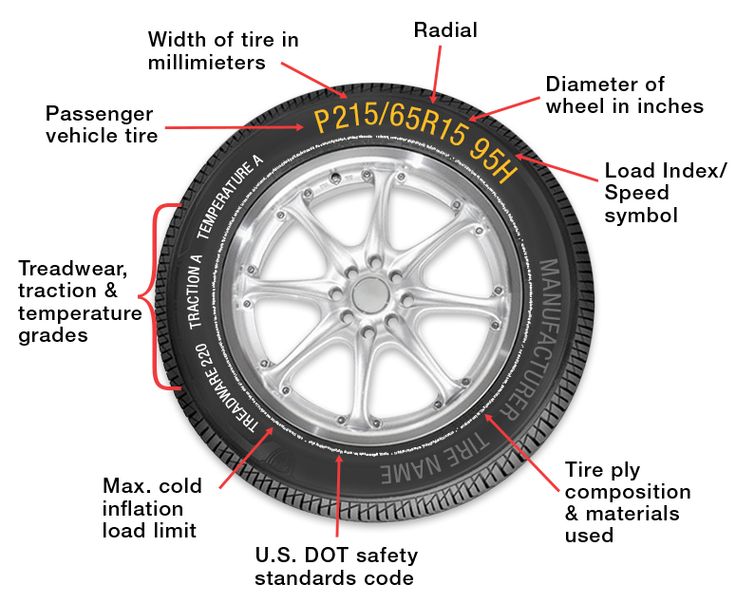
It’s pretty well known that exposure to the sun and high temperatures weakens rubber and causes it to break down, often resulting in dry rot. But did you know that extreme cold is also bad for your tires?
Basically, fluctuating temperatures accelerate the process that causes dry rot.
That’s why the ideal place to store your RV when it isn’t in use is in a temperature-controlled climate like a garage that’s kept warm in the winter and cool in the summer. This also means you won’t have to winterize your RV when the weather gets cold.
If this isn’t an option, park your RV in the shade and invest in a cover to keep it protected from the elements. Rubber breaks down everywhere- not just the tires- and having to re-seal your RV roof to prevent leaks is a task that you don’t want to tackle any more frequently than necessary.
For those of you who don’t have a good temperature-controlled area to store your RV, you can do what plenty of RVers do, just remove them and store them separately elsewhere.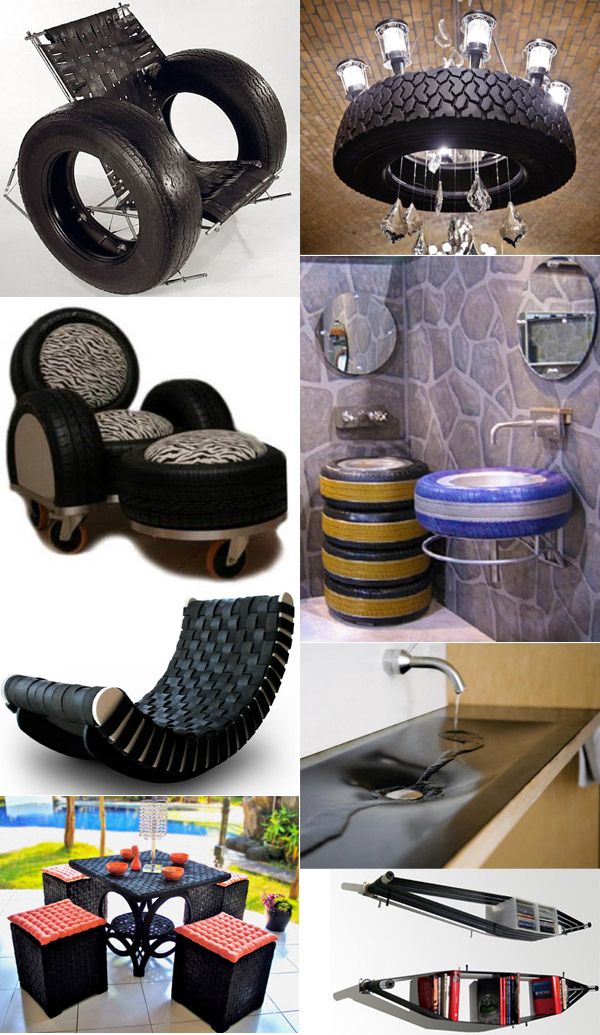
Ozone contaminants include oils and other chemicals from machinery and other equipment. Even if none of these are spilled on the ground, they still contaminate the air in the area and seep into the tires, destroying their protective coating, and making the more susceptible to dry rot.
Some common ozone contaminants include welding equipment, furnaces, sump pumps, and electric motors. Basically, a lot of the things you’d find in your garage are not good for your trailer tires. Whenever possible, keep tires separate from these areas or use a tire cover.
Tire covers are a nice extra step when it comes to protecting your RV tire, especially when they aren’t in use. Something nice about tire covers is that they don’t take up a lot of space and it’s pretty easy to put them on the tires, especially if you have at least two jack stands to set the RV up.
Tire covers are great for storing your RV, too.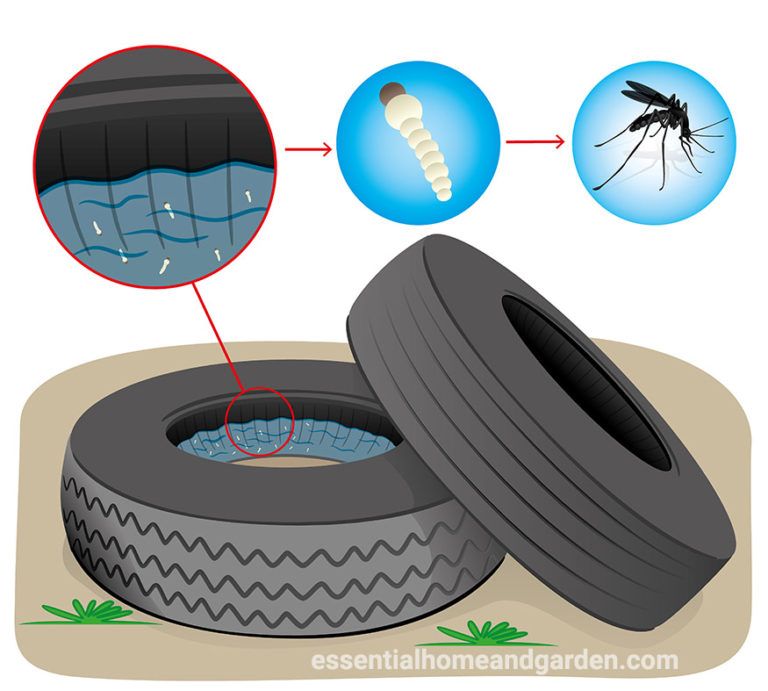 They keep out dust, debris, and moisture, and they’ll protect them from UV damage and ozone contaminants. RV covers don’t always cover the tires, too, so you may need to buy them separately!
They keep out dust, debris, and moisture, and they’ll protect them from UV damage and ozone contaminants. RV covers don’t always cover the tires, too, so you may need to buy them separately!
RVs are heavy, particularly once you get into the longer, larger models that work well for families. With all that weight on your tires, it’s really important that you keep them filled to the appropriate PSI. You should be able to find this info in the manual and often, it’s even printed on the tire itself.
Driving with low tire pressure means that the tire doesn’t have the same rigidity that it normally does. Since the sidewalls of the tire are flexing more, it significantly weakens the area and makes it more susceptible to cracks and other damage.
Driving with low tire pressure is also incredibly dangerous. That extra flexing in areas that might already be weak (depending on how long you’ve been driving on them) could also mean that it takes longer for you to brake and accelerate and that there’s less control. There’s also a risk of the tire blowing out or otherwise failing!
There’s also a risk of the tire blowing out or otherwise failing!
Overloading your RV tires is another critical mistake that accelerates wear and tear and causes dry rot. Even if you’re pulling an RV that weighs less than 8,000 pounds, the way the tires are spaced out and the thickness/durability plays a big role in how much weight the RV tires can support.
When you put too much weight on the tires, the sidewalls start to bow out. This leaves them weaker and also greatly increases the risk of a blowout, especially if you’re pulling a vehicle along behind your RV.
Odds are, you’ll find information on just how much weight your RV can hold in the manual from the manufacturer. This is something that varies depending on the specific model of RV.
One of the reasons tires develop dry rot is because they sit in one place for a long time. As one side of the tire becomes more worn down, it’s likely to develop weak spots and dry rot.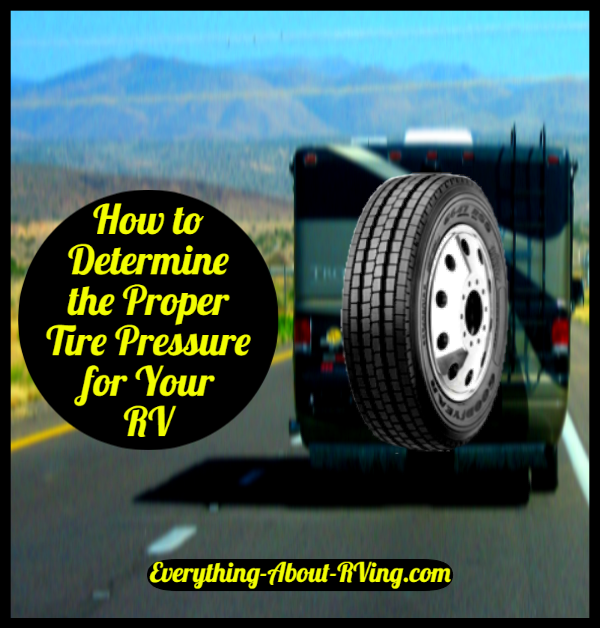 Simply by using your RV, you decrease the risk of dry rot.
Simply by using your RV, you decrease the risk of dry rot.
Of course, sometimes life happens and you can’t always take your RV out whenever you’d like. If you do have some downtime between trips, take the RV out and re-park it so the tires are resting differently. All you need to do is move it a little forward or a little backward.
By rotating the tires in this sense, the weight isn’t always sitting on the same side of the tire. This stops weak spots that turn to dry rot.
If you catch dry rot in its early stages, before the seal on the tire is ruined and before there are visible deep cracks in the tire walls, you may be able to drive by applying a sealant to protect the tires.
That being said, I really do not recommend driving with RV tires that have already started to develop visible signs of dry rot.
If your tire is discolored and faded or if it has deep cracks or visible damage, then it’s probably not safe to drive on them any longer. It’s really not worth the risk.
It’s really not worth the risk.
You also shouldn’t drive with tires that aren’t holding air pressure as they should, since low tire pressure indicates a weak spot that might blow out once the weight of your RV is on it.
Even if you do catch it in the early stages, the tires will still be weaker and will need to be replaced soon. In my opinion, it’s best to just invest in some new tires, and be sure to seal them with a protectant and take all the above precautions, so they last longer in the future.
Even spraying your tires with a protective coating, using them properly, and properly storing them won’t make them last forever.
That being said, the average life of RV tires is anywhere from 5 to 8 years. This can vary greatly based on how often the RV is used, how you use it, and how far you drive it. Proper storage, keeping the tires clean, and other tips mentioned above will also prolong the life of your RV trailer tires.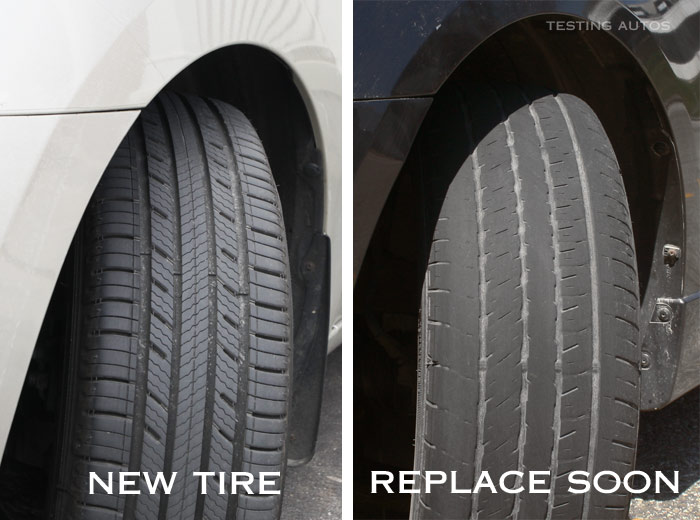
Even though RV tires should last this long, you should always do a thorough inspection before driving, I recommend at least a week or two before your next trip.
Dry rot is something that is pretty hard to reverse once it sets in. That’s why your best first line of defense is taking these preventative measures on how to keep RV tires from dry rotting.
By doing things like keeping tires clean and protected, you make it less likely that the rubber weakens with time. This, along with avoiding overloading and maintaining tire pressure, will help you get the full lifetime of use out of your tires.
Tires are a big deal, no matter what trailer you have. Whether you have an off road camper like a Xplore, a Conqueror, a ROAMER 1, or one more suited for the paved roads like an Airstream, tires are always important. Unfortunately, many RV owners overlook the importance of protecting their RV tires because they don’t see major cracks or wear marks. That, or sometimes they just don’t know what to look for. Either way it’s a big problem, because the tires are always being worn down and we don’t want something serious to happen. Like a blowout.
That, or sometimes they just don’t know what to look for. Either way it’s a big problem, because the tires are always being worn down and we don’t want something serious to happen. Like a blowout.
In fact, There are many reasons tires are damaged. Environment, under inflation, over inflation and the age of the tires. All of these factors can cause damage, which can become quite dangerous if not caught early on. On top of the danger of damaged tires when left too long, the cost to repair goes up and no one likes shelling out their hard earned money when it could have been avoided.
Since the tires are composed of rubber it is normal for tires to degrade over time, but because of added exposure to things like excessive heat, harmful ozone and UV rays this process is accelerated. You can be sure Dry Rot is happening when the tire begins to turn grey and lose its flexibility. The tire will look like it’s dry and cracks will appear on the sidewalls where the tires are the thinnest.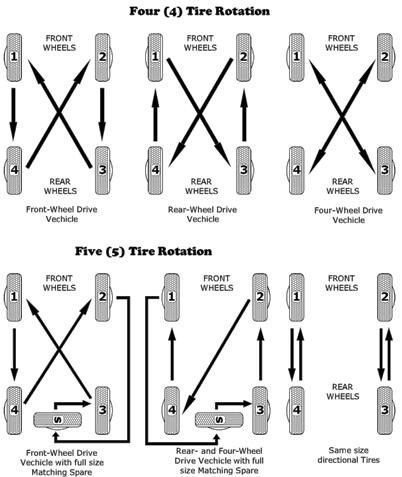 So, definitely pay special attention to the sidewalls because that is where the majority of the dry rotting occurs.
So, definitely pay special attention to the sidewalls because that is where the majority of the dry rotting occurs.
Knowing what to look for is great, but that doesn’t solve the problem, does it? So, what do you do to protect them? How do you get the most out of each of your tires? If you have any of these questions you’re in luck, because I have 4 tips for you.
Tip 1Regularly check the tire pressure. First find the recommended tire pressure in your owners/service manual, then use a tire gauge to measure the tire pressure. That will let you know whether you need to then inflate the tires or deflate over inflated tires.
For such occasions it’s always a good idea to have a portable air compressor. As a side note, a very highly recommended heavy duty RV air compressor is the VIAIR 400 RV automatic portable compressor kit.
Tip 2Apply a UV protectant or ozone blocker treatment. You can purchase protectant sprays that you can easily apply to your tires, blocking the harmful rays of the sun. Many automobile and RV owners think that ArmorAll will do the trick, but research shows that it has been proven to hurt the tires more than help. So, make sure to do just a bit of research beforehand buying.
Many automobile and RV owners think that ArmorAll will do the trick, but research shows that it has been proven to hurt the tires more than help. So, make sure to do just a bit of research beforehand buying.
Use tire covers. This is an inexpensive way to protect your tires from the damaging effects of the sun and weather. They come in a variety of materials from vinyl to canvas and can be easily found online. Just make sure you measure your tires and look at the tire numbers before you order a wheel cover. It’s never fun to order something that isn’t the right size.
Tip 4Use your RV. Tires are designed to be used and will age much faster and dry out if not used regularly. If storing your RV for an extended period of time make sure to at least move the trailer once every month. This helps the sidewalls from cracking due to sitting in one place for too long.
If you want to know the year your tires were manufactured check the sidewalls for the DOT number. It tells you the week of the year and the last two digits identify the year. The tire industry has declared that 10 years is the longest a tire should be used, but many tire companies suggest changing them every six-years.
It tells you the week of the year and the last two digits identify the year. The tire industry has declared that 10 years is the longest a tire should be used, but many tire companies suggest changing them every six-years.
Before each trip make sure to check on your tires. See if there are any cracks or if the tires look dry. Make sure that your tires aren’t expired either. If you aren’t sure, then take them in to a professional tire dealer where they have authorized technicians. If you do the things we have tackled in this blog it will both keep you safe and prologue the life of your tires. After all, the last thing we would want is for you to get stranded because of a bad tire. Getting stranded in the middle of an adventure is just the worst. So, keep an eye on those tires and everything will be peachy king.
A beautiful world awaits you, so get out there and see it!
Check out one of the exclusive RV dealers: ROA OFF-ROAD
Check out some awesome off road caravan videos: https://www. youtube.com/@ROAOffRoad
youtube.com/@ROAOffRoad
Talk to the people who can help you get into the perfect camper for your needs: 801-860-0035
Buying new tires is expensive, so it's important to store them properly. Proper storage of tires is not such an easy task as it might seem at first glance. First of all because of their size, secondly because of the measures that need to be taken. If you don't know where to start, you're not alone, as most motorists have no idea how to store tires.
Today we will give you 9 tips on how to store tires so that they last as long as possible:
Before storage, it is important to remove all dirt from the tires: dust, dirt, bitumen, etc. To wash tires, it is better to use ordinary soap and water.
If you have tire cleaners, read the instructions carefully, as not all of them can be used before long-term tire storage. Do not use gasoline, solvents.
Do not use abrasive tire cleaners or shine.
- mix soap and warm water in a bucket;
- use a brush to remove all dirt;
- Dry tires completely, but not in direct sunlight.
Keep your tires out of the sun because UV is the first cause of tire aging. Ultraviolet rays penetrate the rubber, dry it and eventually destroy it. The first rule to prevent dry rotting of tires is to limit their exposure to the sun as much as possible. nine0004
- cover the tires with a thick sunscreen;
- store tires indoors, away from windows and doors;
- Use tire storage bags designed to protect tires from sunlight.
Never store tires outdoors. For storage, it is desirable to find a cool and dry place where the temperature and humidity will remain the same throughout the storage time. nine0003 Rubber expands and contracts as temperature changes.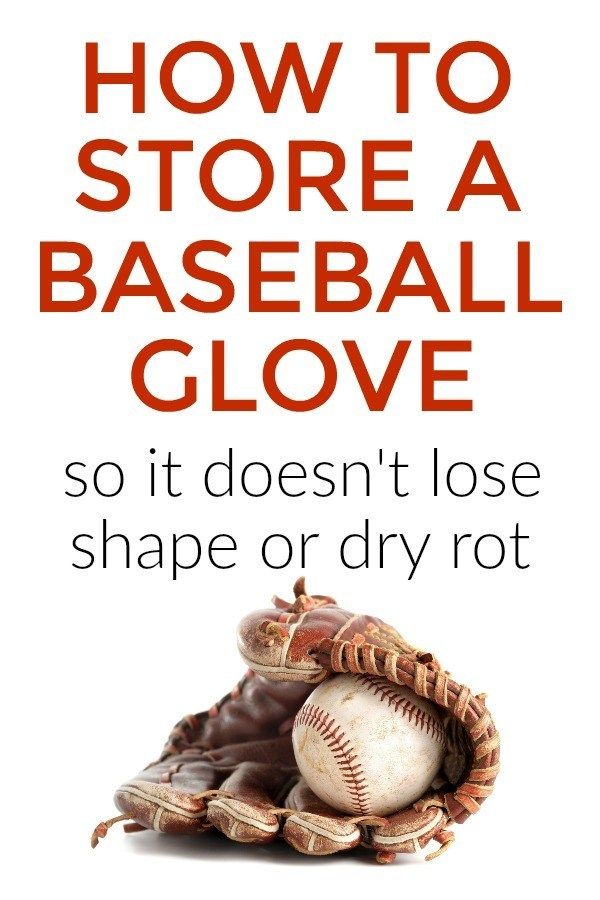 Every time an expansion/compression cycle goes through, there is a chance that small cracks will appear that will break the integrity of the tire.
Every time an expansion/compression cycle goes through, there is a chance that small cracks will appear that will break the integrity of the tire.
Changes in temperature and humidity lead to premature aging of tires. Storing tires in a warm environment and at low temperatures also has a bad effect on their condition.
is the ideal storage location for climate control.
- basement or garage - tire storage spaces available to many. When storing tires there, keep them away from radiators, stoves, water tanks. nine0004
Oxygen is the next major tire destroyer. It is known that it is desirable for many materials to be ventilated during storage so that they can breathe, but this is not about tires - it is better to pack them tightly in plastic bags. Sealed packaging keeps out oxygen, which slows down the oxidation process and prevents oils from evaporating from the rubber compound - this prevents tires from drying out.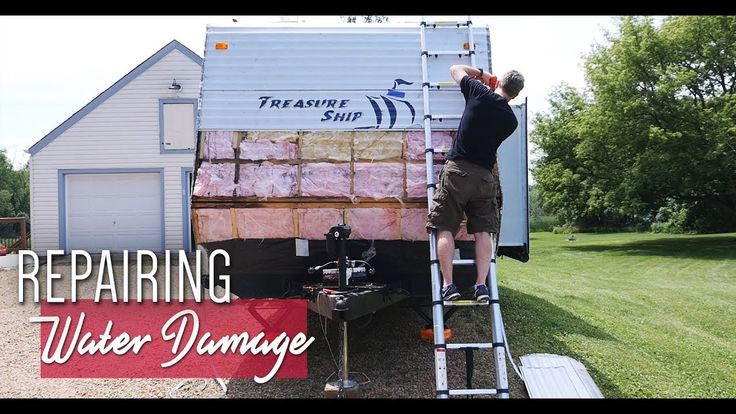
- special bags for storing tires;
- large black garbage bags;
- vacuum sealed plastic;
- A tarp that can be tightly wrapped around the tire.
Most tire manufacturers recommend storing them upright and never stacking them, as the sidewall is the weakest part of the tire and can deform.
However, if due to lack of space it is necessary to store the tires horizontally, consider the following recommendations:
- keep tires on a pallet or on a shelf;
- Change tire position every month to prevent warping.
Slightly reduce the air pressure in the tire. However, do not deflate the tires too much - the pressure inside the tire should be higher than outside it.
If the vehicle has been idle for more than two months, consider removing tires from the vehicle.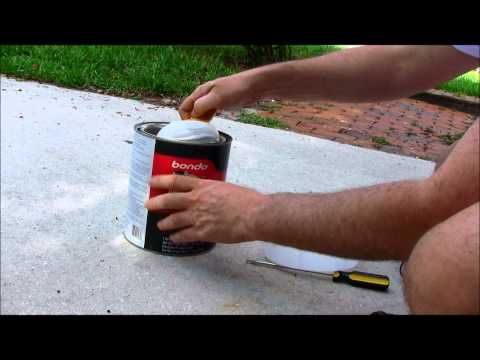 If it is not possible to remove the tires, drive the car at least once every few months. Tires are designed for maximum service life, the movement ensures even distribution of oils in the rubber compound that makes up the tires. nine0004
If it is not possible to remove the tires, drive the car at least once every few months. Tires are designed for maximum service life, the movement ensures even distribution of oils in the rubber compound that makes up the tires. nine0004
Carefully inspect the tires for changes. If you don't know what dry rot or cracked rubber might look like, have a tire specialist inspect your tires.
Any rubber gradually dries out and loses its properties over time. When stored under ideal conditions - in dark, sealed bags, with proper microclimate, tires have a theoretical life of about ten years. For those who don't keep them in the lab, six years is a more realistic timeframe. Experts recommend replacing tires after this period from the date of manufacture, regardless of the condition of the tread. nine0004
Can tires be stored in rooms where people are constantly present? Do tires emit toxic fumes? Unfortunately, no research has been done on this.
However, it's good to know that dozens of toxic chemicals are used in rubber production, including carbon disulfide.
It's no secret that rubber doesn't last forever. You've probably seen the effects of rubber aging in one form or another. You may have seen an old rubber band crack and break, or your mechanic may have told you that a rubber gasket on your car has failed, causing a leak. Over time, rubber develops what many call dry rot. This is a common thing with tires. The layers of rubber dry out, causing them to crack and delaminate. These plies, which normally bend easily with the bars of the tires, are no longer flexible and break rather than flex. nine0004
To understand what causes tires to rot, you need to understand more about the rubber they are made from. As you may already know, natural rubber is made from the natural latex of the rubber tree. However, these trees do not produce enough rubber to meet our needs. Synthetic rubber, which is produced by combining short chains of petroleum products, can be produced in abundance. It also contains additives that improve its properties. Carbon black is added to give the tires a black color and heat stabilizers are added to increase the tire's ability to withstand the intense summer heat. These improvements make it an excellent tire product. nine0004
It also contains additives that improve its properties. Carbon black is added to give the tires a black color and heat stabilizers are added to increase the tire's ability to withstand the intense summer heat. These improvements make it an excellent tire product. nine0004
Tire rot occurs as a result of several different environmental conditions.
 nine0088
nine0088 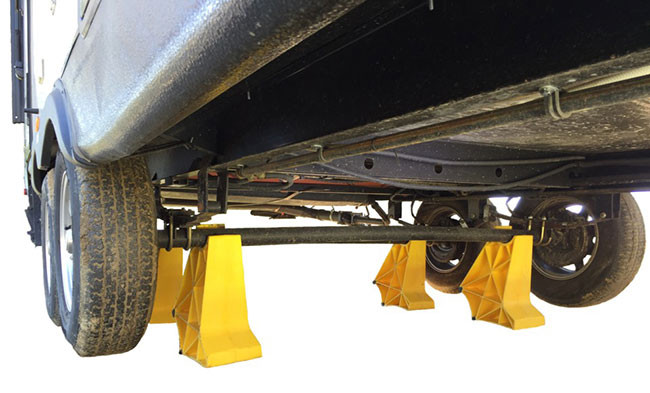
When do tires expire? nine0087
In recent years there has been a debate about the actual life of a tire. Whereas advances in synthetic rubber have greatly extended tire life. The fact remains that tires start to fail from the moment they are made.
In 1990, several car manufacturers added warnings to their owner's manuals telling customers that tires over six years old should only be used in an emergency. This list includes spare tires. Often stored in the trunk of a sedan, these tires can get too hot and wear out despite never being used. nine0004
In 2005, tire manufacturer Bridgestone issued a statement stating that tires should be checked after five years and replaced after 10 years. Other manufacturers such as Michelin, Hankook and Continental soon followed suit. These comments indicate that more than the number of miles driven must be considered when determining tire life.
Currently, the only way to determine the age of a tire is to look at the tire identification number (TIN).